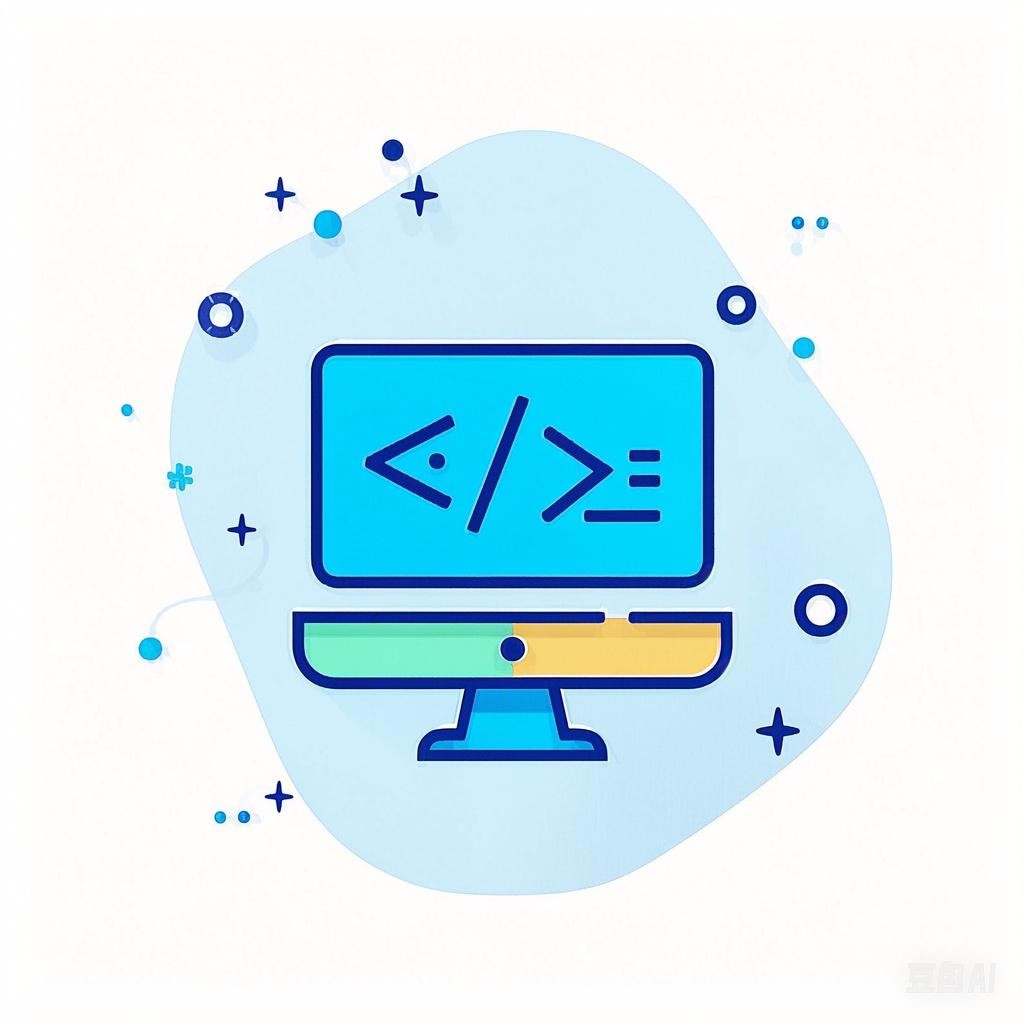引言
数据可视化是数据分析中不可或缺的一环,它能够帮助我们更直观地理解数据背后的模式和趋势。Scikit-learn作为Python中强大的机器学习库,同样提供了丰富的数据可视化工具。本文将揭秘Scikit-learn高效数据可视化的秘籍,帮助你轻松掌握可视化技巧,让你的数据分析更加直观。
Scikit-learn可视化工具概览
Scikit-learn内置了一些可视化工具,如matplotlib、seaborn等,它们可以帮助我们进行数据探索和模型评估。
1. Matplotlib
Matplotlib是一个功能强大的Python 2D绘图库,它提供了大量的绘图功能,可以创建各种类型的图表,如线图、散点图、条形图、直方图等。
2. Seaborn
Seaborn是基于matplotlib的统计图形库,它提供了更高级的绘图接口,使得创建美观和丰富的统计图表变得更加容易。
数据可视化秘籍
1. 数据探索
在进行数据可视化之前,首先需要对数据进行探索,了解数据的分布、异常值等。
示例代码:
import matplotlib.pyplot as plt
import seaborn as sns
# 加载数据集
data = sns.load_dataset('iris')
# 使用matplotlib绘制散点图
plt.scatter(data['sepal_length'], data['sepal_width'])
plt.xlabel('Sepal Length')
plt.ylabel('Sepal Width')
plt.title('Scatter Plot of Sepal Length vs Sepal Width')
plt.show()
# 使用seaborn绘制箱线图
sns.boxplot(x='species', y='petal_length', data=data)
plt.title('Box Plot of Petal Length by Species')
plt.show()
2. 模型评估
在模型训练过程中,可视化可以帮助我们评估模型的性能。
示例代码:
from sklearn.datasets import make_classification
from sklearn.model_selection import train_test_split
from sklearn.linear_model import LogisticRegression
from sklearn.metrics import confusion_matrix, classification_report
# 生成数据集
X, y = make_classification(n_samples=100, n_features=2, n_informative=2, n_redundant=0, n_clusters_per_class=1, random_state=4)
# 数据拆分
X_train, X_test, y_train, y_test = train_test_split(X, y, test_size=0.3, random_state=4)
# 训练模型
model = LogisticRegression()
model.fit(X_train, y_train)
# 评估模型
y_pred = model.predict(X_test)
print(confusion_matrix(y_test, y_pred))
print(classification_report(y_test, y_pred))
# 可视化模型决策边界
plt.scatter(X_train[:, 0], X_train[:, 1], c=y_train, cmap=plt.cm.Paired, edgecolors='k')
plt.xlabel('Feature 1')
plt.ylabel('Feature 2')
plt.title('Decision Boundary of Logistic Regression')
plt.show()
3. 高级可视化
Scikit-learn与其他可视化库(如plotly、bokeh)结合,可以实现更高级的数据可视化。
示例代码:
import plotly.express as px
# 加载数据集
data = px.data.iris()
# 创建散点图
fig = px.scatter(data, x='sepal_length', y='sepal_width', color='species')
fig.show()
总结
通过掌握Scikit-learn高效数据可视化的秘籍,你可以轻松地将数据分析结果以直观的方式呈现出来。这些技巧不仅有助于你更好地理解数据,还能在项目汇报和报告撰写中展示你的分析能力。
